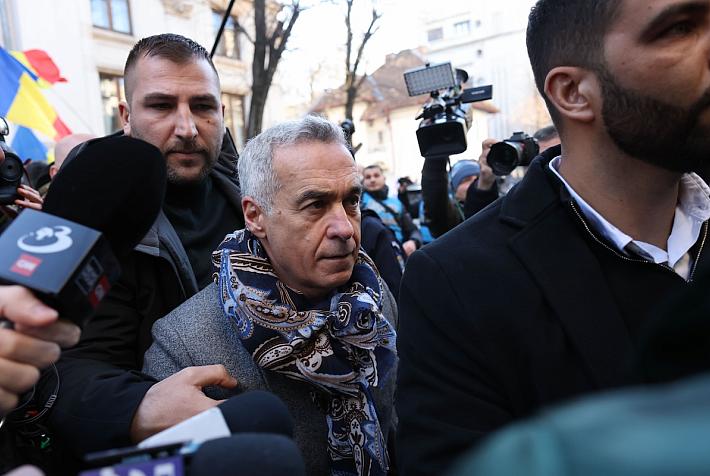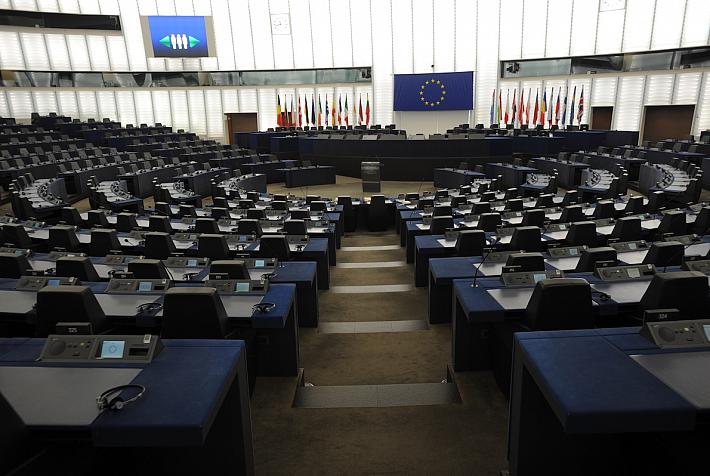PA Focus January: Essential insights for public affairs & legal professionals

With a newly proposed State Budget Law, a downgraded credit outlook, and ongoing fiscal reforms, businesses and investors must brace for a year of both challenges and opportunities.
The government aims to keep the budget deficit at 7.04% of GDP, despite historical difficulties in meeting fiscal targets. Meanwhile, S&P Global has shifted Romania’s credit outlook to negative, signaling increased risks. The Fiscal Council warns that revenue projections may be overly optimistic, while ECOFIN has outlined a strict fiscal adjustment plan for the coming years.
Beyond these macroeconomic concerns, companies operating in Romania must prepare for potential tax collection reforms, monetary policy decisions, and a volatile investment climate.
State Budget for 2025: Realistic Planning or Optimistic Forecast?
The long-awaited State Budget Law for 2025 has been published, projecting revenues of RON 357.8 billion and expenditures significantly surpassing this figure, with a budget deficit of 7.04% of GDP. While the government bases its projections on 2.5% GDP growth and 4.4% inflation, concerns arise about the feasibility of these numbers. Given that Romania ended 2024 with a much higher deficit than initially estimated, the question remains—will 2025 follow the same pattern?
Despite an emphasis on investments—estimated at 7.8% of GDP—the Fiscal Council warns that the current budget plan may be overly optimistic. Revenue collection improvements are expected, but experts argue that historical trends do not support this assumption.
Fiscal Council Raises Red Flags
Shortly after the budget's publication, the Fiscal Council released an opinion signaling risks on both revenue and expenditure fronts. It suggests that a realistic budget deficit might reach 7.7% of GDP, instead of the government’s projected 7%. The main issue? The reliance on hypothetical tax collection improvements and underestimating necessary allocations for goods, services, and interest payments.
On a positive note, the Council welcomes the government's plan to prioritize investments through both EU funds and national resources. However, whether this strategy will balance the growing fiscal pressure remains to be seen.
S&P Global Downgrades Romania’s Outlook
Credit rating agency S&P Global has maintained Romania's BBB-/A-3 rating but downgraded its outlook from stable to negative, citing high fiscal and external risks. The primary concern? Rising deficits and an increasing reliance on borrowing to sustain expenditure. With Romania already failing to meet previous deficit targets, the downgrade serves as a warning that further slippage could push the country toward a junk rating, making it less attractive to foreign investors.
ECOFIN’s Budgetary-Structural Plan: A New Fiscal Discipline?
At the European level, the Economic and Financial Affairs Council (ECOFIN) has approved Romania’s medium-term fiscal adjustment plan, setting clear targets for expenditure growth until 2030. According to the plan, Romania must keep net expenditure growth within strict limits—5.1% in 2025, gradually decreasing to 3.9% by 2030. This move is part of the EU’s Excessive Deficit Procedure, aimed at bringing Romania’s deficit under control.
Monetary Policy: Inflation and Interest Rates
Inflation in Romania remains at 5.1%, with service prices experiencing the highest annual increase (+7.1%). In response, the National Bank of Romania (NBR) has decided to maintain its monetary policy interest rate at 6.5%, balancing inflation control with economic stability.
Hungary’s VAT Model: A Source of Inspiration for Romania?
Romania is exploring new strategies to enhance VAT collection efficiency, looking at Hungary’s model as a potential benchmark. The Finance Minister has initiated discussions with his Hungarian counterpart to identify best practices in digitalization and tax administration.
What’s Next? Key Fiscal Developments in February
-
The State Budget Law is expected to pass Parliament, with minor adjustments to support local budgets, infrastructure, and energy investments.
-
The government’s fiscal austerity package, increasing taxes in 2025, is unlikely to see major amendments despite resistance from certain economic sectors.
- The International Monetary Fund (IMF) is set to visit Bucharest for consultations, reviewing Romania’s macroeconomic outlook but without discussing new financial assistance.
With fiscal challenges intensifying, businesses should prepare for potential tax changes, stricter budgetary discipline, and an economic environment where investor confidence will play a crucial role.
Do you need a smarter solution to keep up with legislation, save time, and never miss an important update? Discover Issue Monitoring!
*This is native article supperted by Issue Monitoring.












